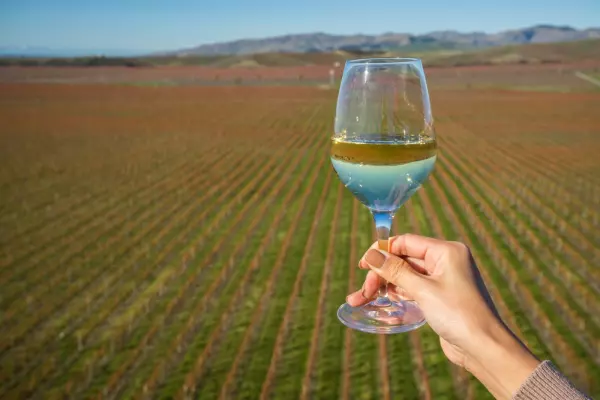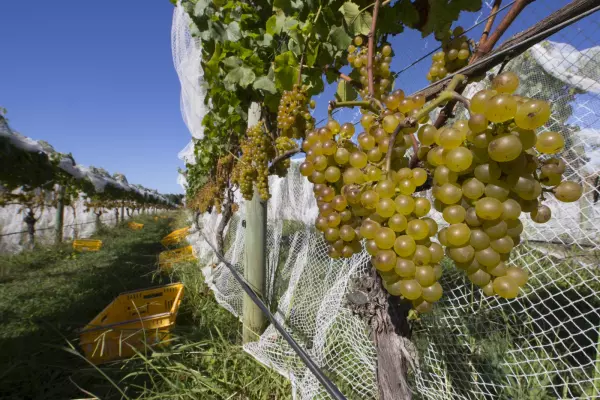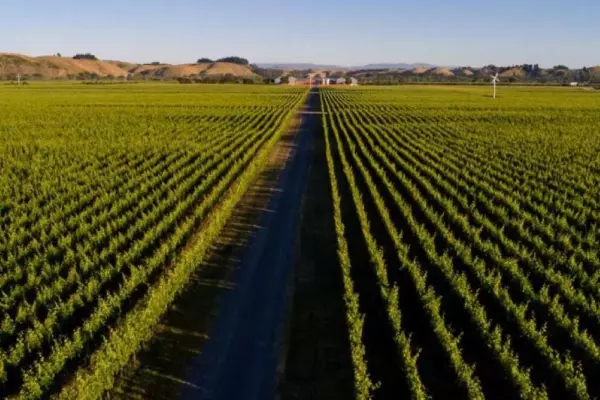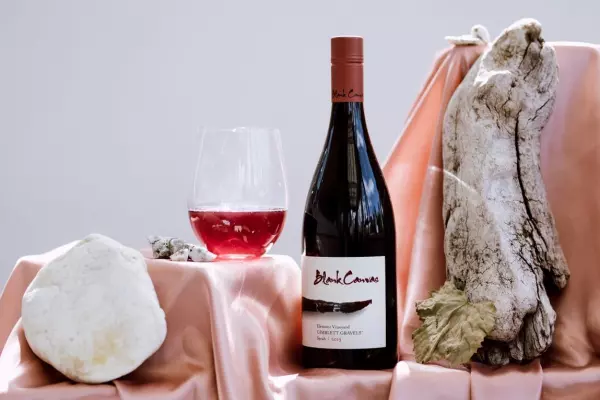Winter seems to have arrived at last, giving me an opportunity to write about one of my favourite wine styles – port.
And a timely invitation to a Taylor’s Fladgate port tasting has narrowed the topic, allowing me to focus on one of my favourite port houses – Taylor’s.
I should explain that when I use the term “port”, I am referring to the fortified wine from Portugal’s Douro Valley, where viticulturists have been labelling their wine as such for hundreds of years.
Some years ago, I spent a pleasurable and educative week in the Douro as a guest of Taylor’s. The company dates back to 1692 and is a very dynamic and progressive port producer for a business that is well over 300 years old.
The tasting was hosted by Robert Bower, an eighth-generation port producer. He explained that everyone in Portugal – including the postman, the grocer and the village dog – has strong views on how port should be made.
The team at Taylor’s, however, pick up their best ideas from outside the country. Their focus is on vintage and aged tawny ports.
Fonseca is a smaller port house that joined Taylor’s in the 1930s. Its ports tend to be more robust than the generally more elegant Taylor’s wines. “Oddly,” said Bower, “when Taylor’s ports are looking really good, the Fonseca ports are often off the pace, and vice versa."
The stony, schist soils of the Douro offer a challenge to anyone wishing to establish a vineyard. One ton of dynamite per acre is needed to prepare the land for vines.
Port is like a philharmonic orchestra – great wine has real harmony, enthused Bower, who explained that the makers use six different grape varieties to achieve complexity in the wine.

The grapes are still processed the old-fashioned way. (Image: Getty)
Taylor’s still tread their grapes in the traditional manner, an expensive process which has required keeping the accountant drunk at all times to prevent him from moving them to cheaper fermentation methods that could compromise quality.
Taylor’s is the last port house to use foot treading, although they had to abandon the practice twice during covid.
The human foot, when used correctly, does an excellent job of crushing the grape pulp and skins without also crushing the grape seeds that might otherwise introduce bitter compounds into the wine.
Bob's tasting notes
Taylor’s Chip Dry White Port Aperitif, $45.99
Delicious and refreshing (serve chilled at 9℃ to 15℃). Bone dry, almost bitter. Makes a great cocktail when mixed with tonic water. Fresh and vibrant.
Fonseca Bin 27 Finest Reserve Port, $81.99
Moderately sweet with dark chocolate and nut (almond?) flavours. Slightly rustic tannins.
Taylor’s 1st Estate Reserve Port, $41.99
Only slightly sweet, and nicely balanced by firm tannins. Rich with chocolate/mocha flavours. I preferred it to Bin 27.
Taylor’s 2017 Late Bottled Vintage, $63.99
Late Bottled Vintage (LBV) was first made in 1970. A nicely balanced wine with sweet tannins. A hint of eucalypt on the nose.
Taylor’s 2007 Vintage Port, $340.99
Intense, not excessively sweet, has great depth and real complexity with a brilliant texture.
Fonseca 2009 Vintage Port, $290.99
Elegant, gutsy wine with intense fruit/dark cherries tones. Incredibly lengthy palate.
Fonseca 2015 Guimaraens Vintage Port, $119.99
Not very typical of the house style. Gutsy, firm tannins, cacao powder. Slightly rustic. Will age.
Taylor’s Reserve Tawny Port, $46.99
Dried fruits/apricots and nuts. Moderately sweet wine with good acidity (great with pear tart). Ready to drink.
Taylor’s 10-Year-Old Tawny Port, $76.99
Pale, slightly tawny edge, moderately sweet. Great with apple pie.
Taylor’s 20-Year-Old Tawny Port, $145.99
Delicate, nutty wine with crème brûlée, pecan, and a little heat on the finish. Delicious, mellow, lovely wine.
Taylor’s Golden Age 50-Year-Old Tawny Port, $649
Olive edge, robust wine with liquorice and vanilla tones. Serve slightly chilled. Sold with a crystal decanter.
Taylor’s Very Old Tawny Port – Kingsman Edition, $5799.99
Pale tawny with a pronounced green tinge. A great aroma – coffee, caramel, butterscotch and more. The palate is even better: an obvious cask-age character with dried fruits/Christmas cake, vanilla, five spice and almond, plus an array of nuances that are difficult to identify but a delight to savour. Good acidity perfectly balances the restrained sweetness. Wonderful stuff. 1000 bottles made.















